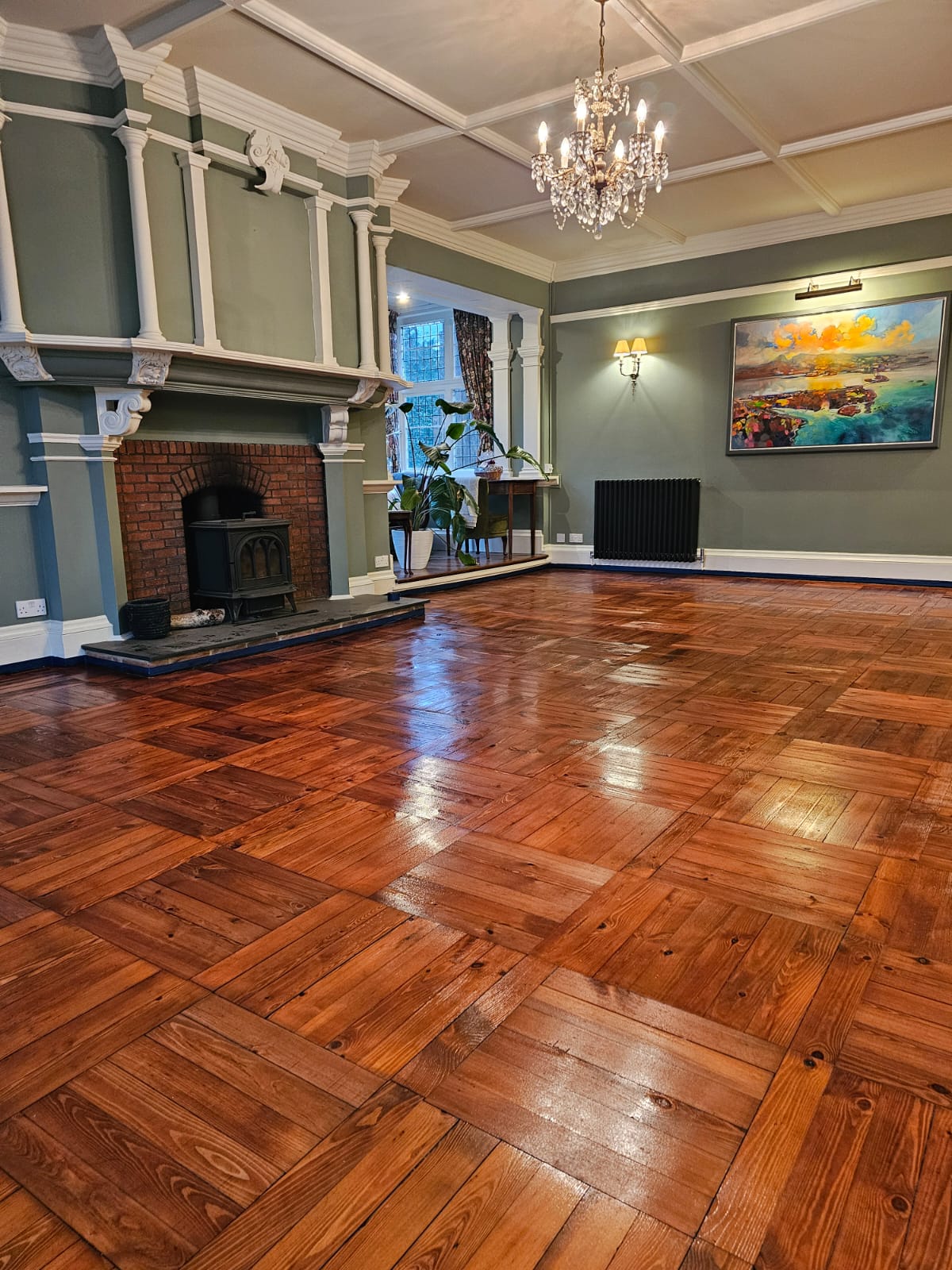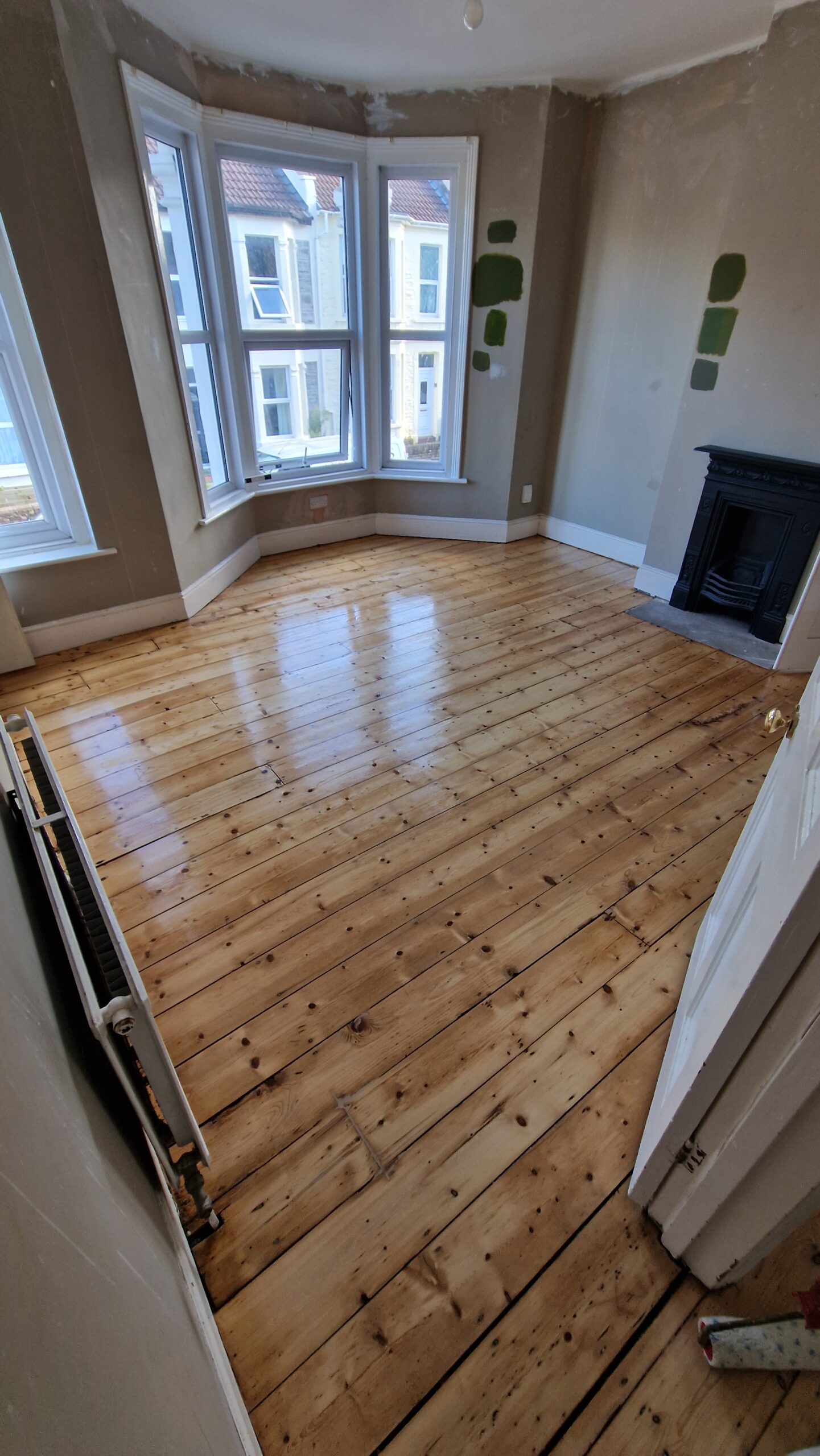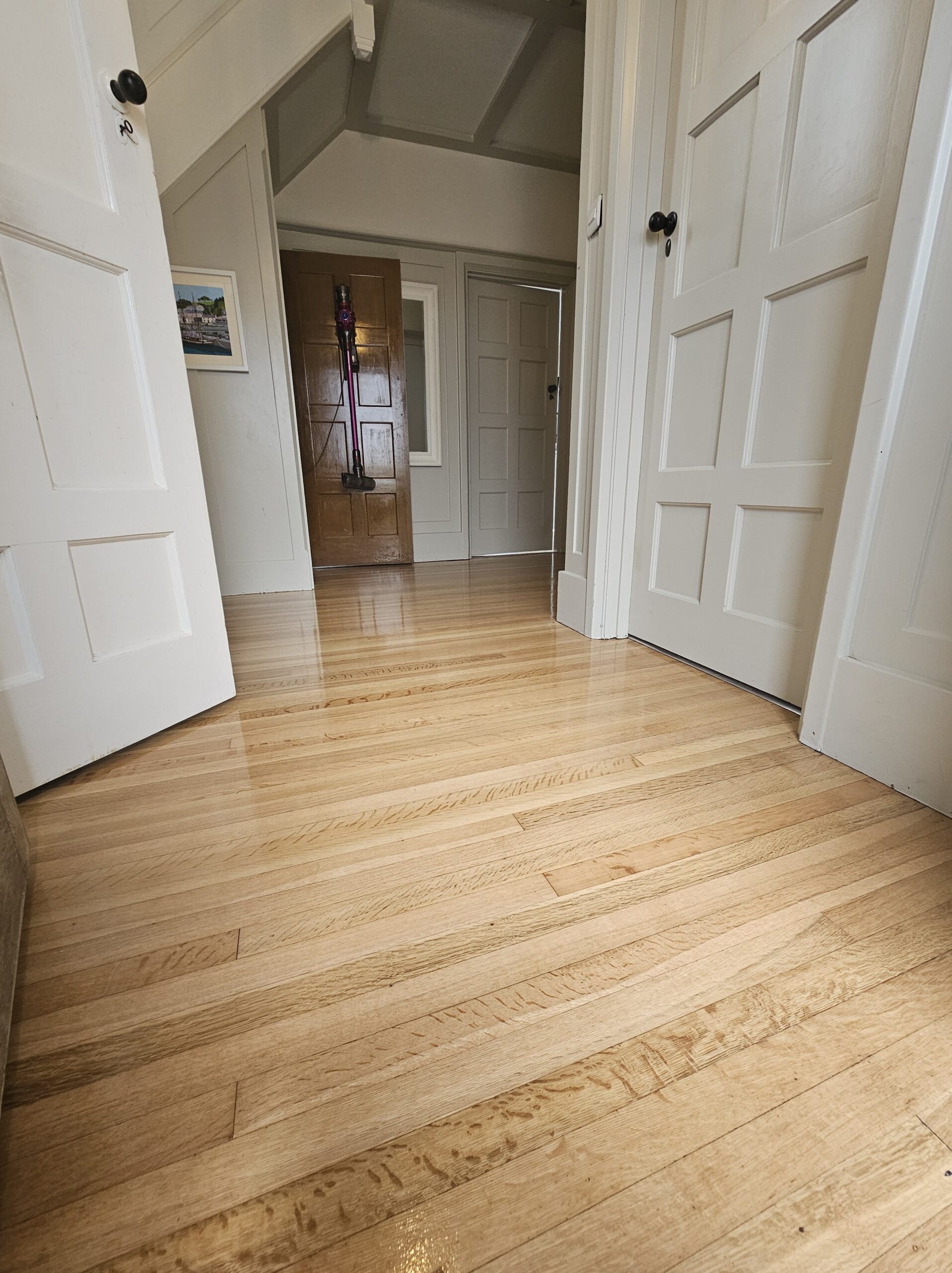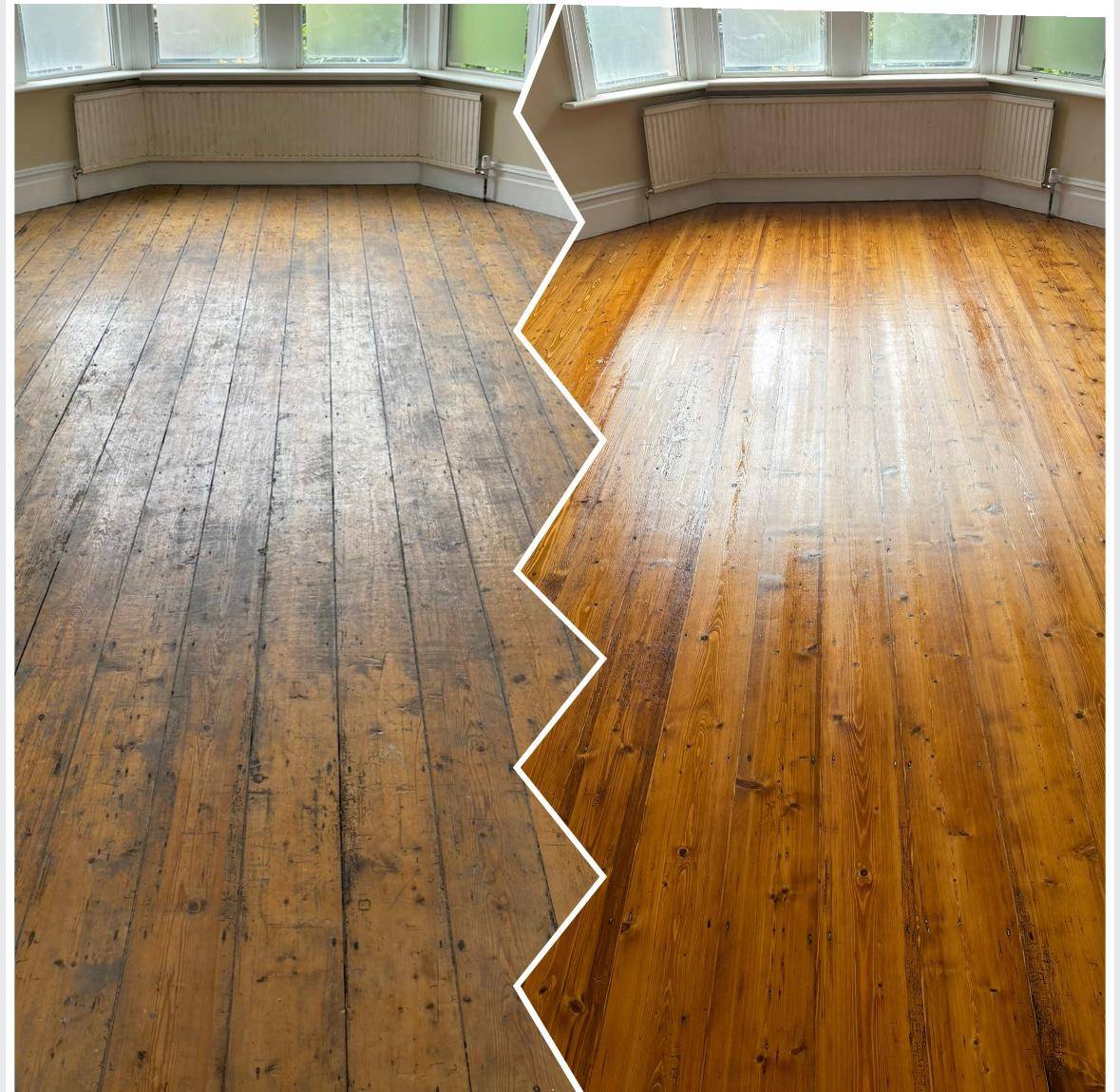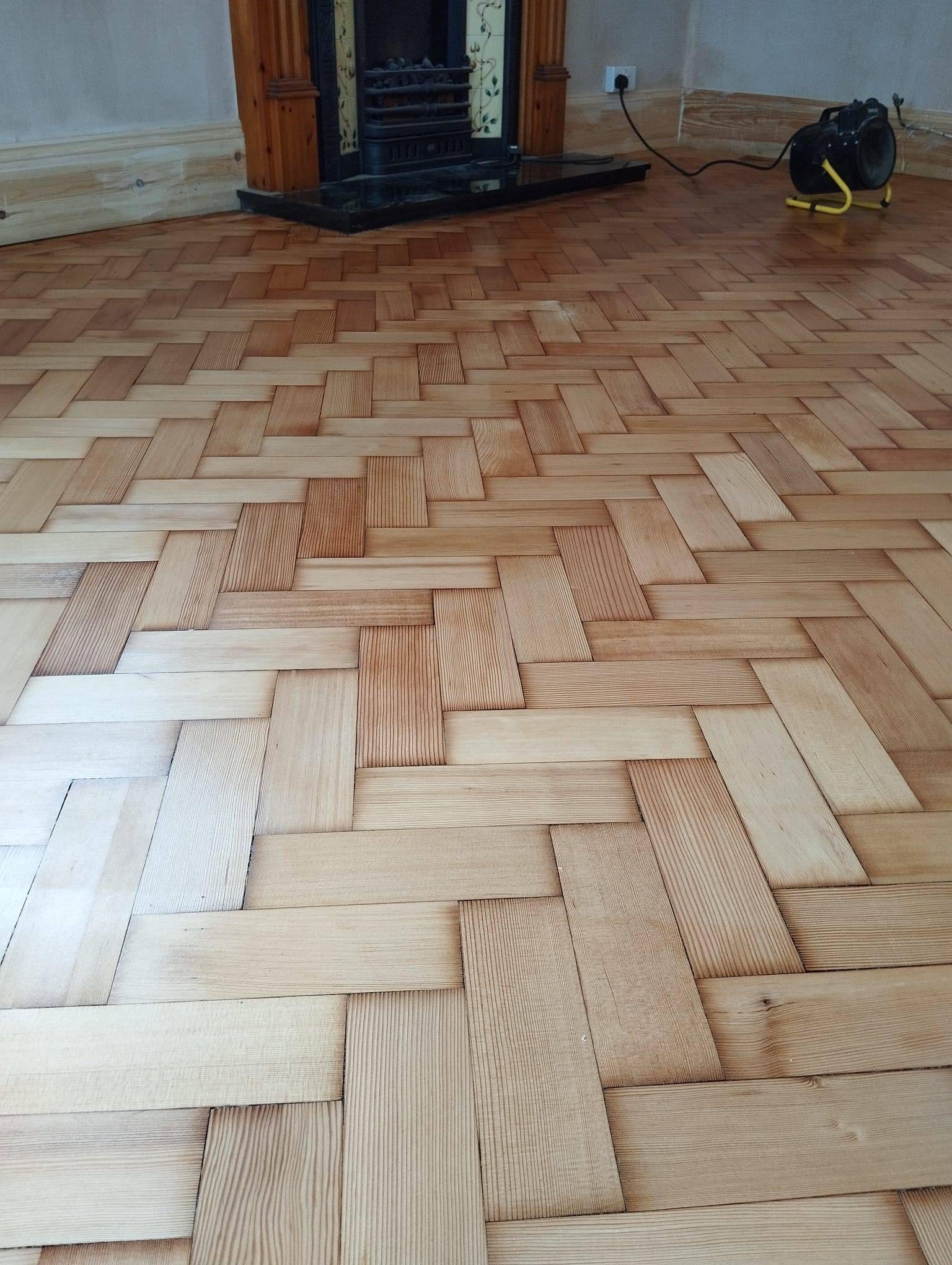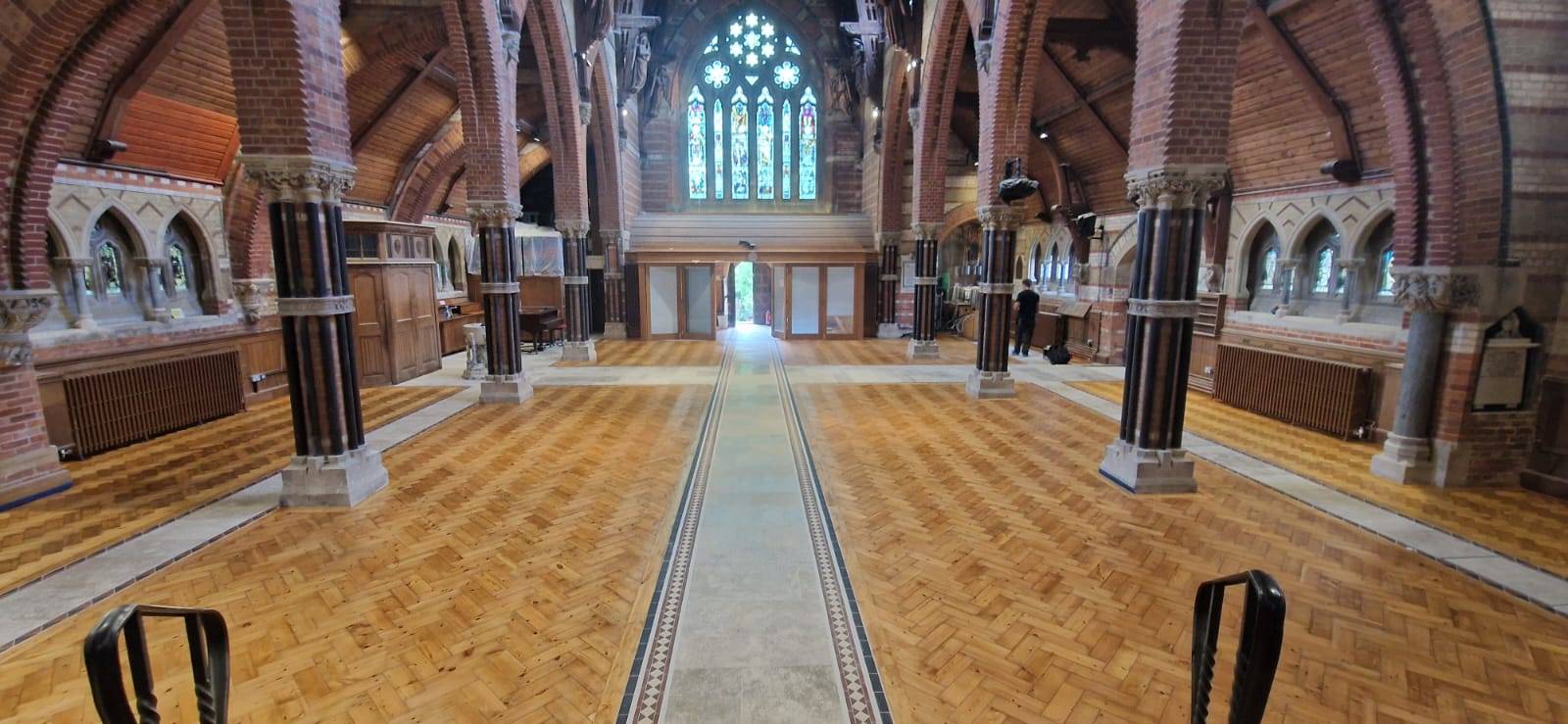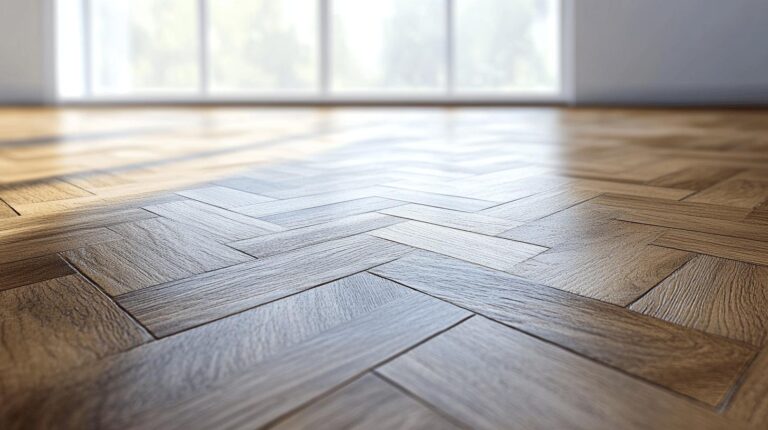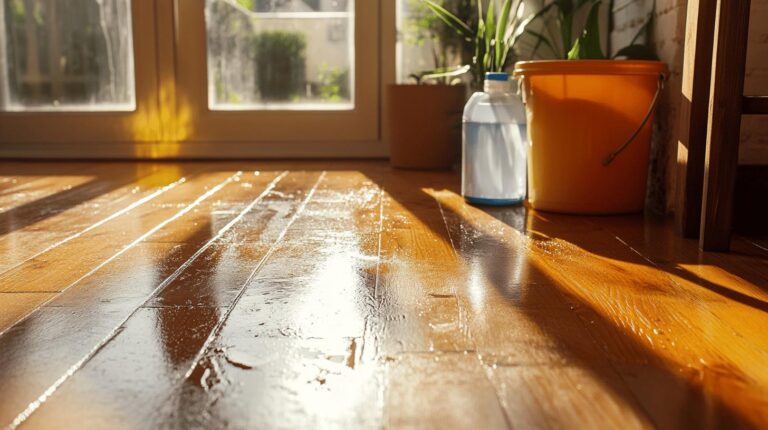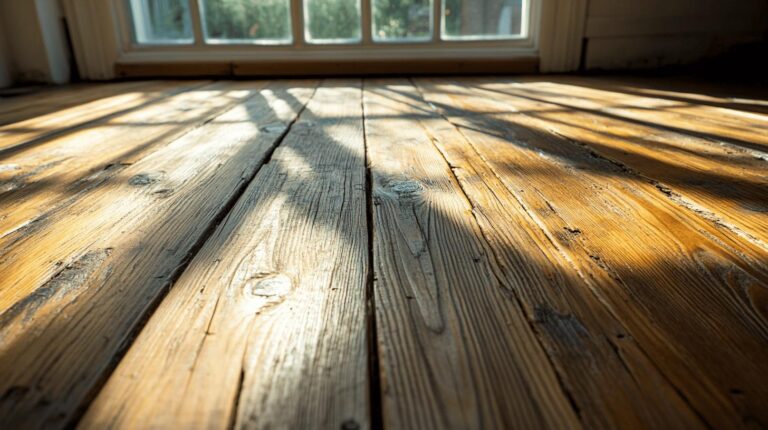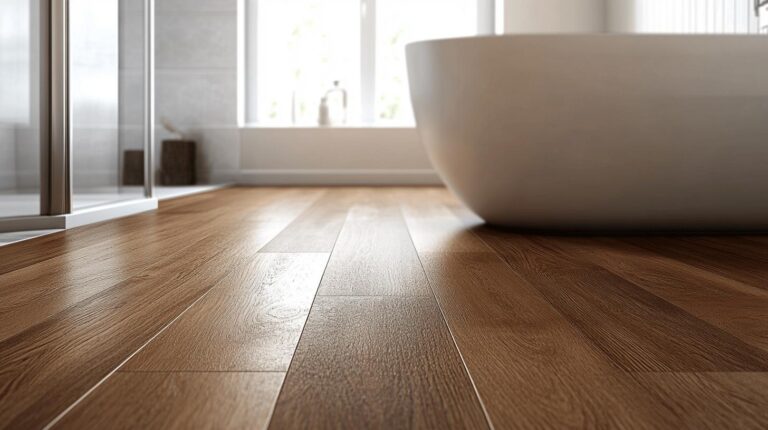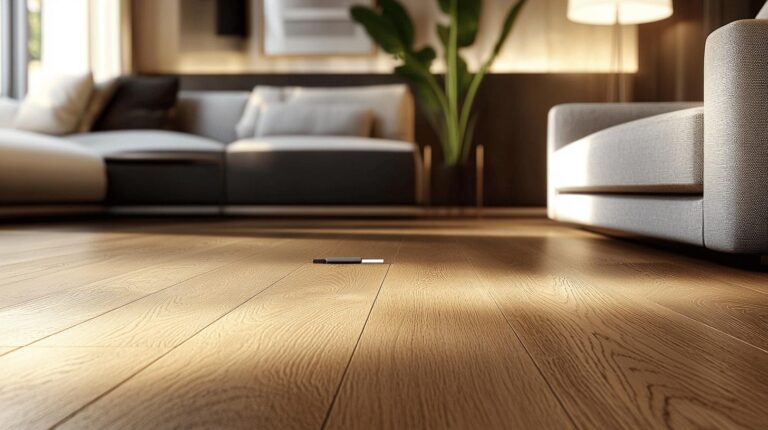Have you ever wondered why your beautifully laid timber floors seem to shift with the seasons? This mysterious movement is not merely a result of poor installation but a natural response to fluctuating humidity levels. Understanding “Seasonal Timber Movement” is essential for maintaining your wood floors’ integrity. In this article, Ryan’s Restoration delves into the science behind wood expansion and contraction, offering actionable insights to help you plan for correct expansion gaps. By mastering these principles, homeowners can ensure their wood installations withstand the test of time, keeping their homes aesthetically pleasing and structurally sound.
Understanding Seasonal Timber Movement
Wood expansion and contraction are fundamental aspects of timber behaviour, resulting from changes in humidity and temperature. This natural phenomenon requires careful consideration, particularly in flooring and construction, to maintain structural integrity and aesthetic appeal. Seasonal timber movement can lead to significant shifts in wood dimensions, which must be managed through deliberate planning.
- Humidity levels: Fluctuations in moisture content lead to wood absorbing or losing water, causing expansion or contraction.
- Temperature variations: Changes in temperature influence the rate of moisture absorption and release, impacting wood size.
- Wood species: Different types of wood respond uniquely to environmental changes due to varying densities and grain structures.
- Installation method: The approach taken during installation, such as the type of joinery, affects how timber responds to movement.
- Initial moisture content: Wood’s moisture level at installation influences its future expansion and contraction potential.
.
In the UK, seasonal changes pose particular challenges for timber installations due to significant humidity variations. During wet seasons, increased moisture levels can cause wood to expand, potentially leading to buckling or warping if not accommodated through planned expansion gaps. Conversely, in drier conditions, wood contracts, risking gaps or splits if improperly managed. Understanding these localised environmental impacts is essential for wood movement planning, ensuring the resilience and longevity of timber structures.
Calculating Expansion Gaps for Timber
Expansion gaps are crucial for the stability and longevity of timber installations. These gaps allow wood to expand and contract naturally with changes in humidity and temperature, preventing issues such as buckling, crowning, or gaps that can compromise structural integrity. Proper planning and calculation of these gaps are essential for any wood flooring or timber structure project.
Formula for Expansion Gap Calculation
The formula for calculating expansion gaps involves considering the wood species, the expected moisture content changes, and the area of the installation. Here’s a step-by-step guide:
- Determine the Wood Species: Each species has a different coefficient of expansion. For example, oak has a higher expansion rate compared to maple.
- Measure the Installation Area: Calculate the total length and width of the area where the timber will be installed.
- Estimate Moisture Content Changes: Use local climate data to determine the average seasonal humidity changes. This will help estimate the wood’s expansion percentage.
- Apply the Expansion Formula:
[\text{Expansion Gap} = (\text{Coefficient of Expansion} \times \text{Installation Length}) + (\text{Coefficient of Expansion} \times \text{Installation Width})]
For instance, if the coefficient is 0.1mm per metre for oak and the room is 10m by 5m, the required expansion gap would be 1.5mm. - Adjust for Installation Method: Consider any additional movement allowances required for floating or fixed installations.
.
Misjudging these calculations can lead to significant issues. For instance, underestimating the gap can result in floorboards lifting or cracking due to insufficient space for expansion. Conversely, overestimating can lead to unattractive gaps or instability in the flooring. Therefore, precision in these calculations is vital to ensure the successful management of timber movement, maintaining both the aesthetics and functionality of the installation.
Best Practices for Integrating Expansion Gaps

Integrating expansion gaps correctly in timber design plans is crucial for accommodating the natural movement of wood due to seasonal changes. Experts recommend several practices to ensure these gaps serve their purpose effectively. For both commercial and domestic projects, it is essential to calculate the expansion gaps based on the specific wood species and local climate conditions. This involves considering the wood’s coefficient of expansion and anticipated humidity fluctuations. Installing timber with a consistent gap around the perimeter allows for natural expansion and contraction without compromising structural integrity. Additionally, gaps should be unobstructed, with careful attention paid to factors such as underfloor heating, which can exacerbate movement. Using acclimatised timber that matches the expected climate conditions at the installation site further reduces the risk of stress on the wood.
A professional installation is vital in ensuring expansion gaps are correctly planned and implemented. Installers with expertise in timber behaviour can make precise calculations and adjustments, preventing costly future repairs. They also ensure that the choice of gap covers complements both the functionality and appearance of the flooring, offering a seamless integration into the overall design. Professional advice helps to navigate the complexities of wood movement, ultimately enhancing the lifespan and performance of timber installations.
Managing Timber Movement Challenges
Improper management of expansion gaps in timber installations frequently leads to significant challenges. One of the most common mistakes is obstructing the expansion gap, which can cause issues such as buckling, crowning, or floorboards lifting. These problems occur when the natural expansion of wood is restricted, leading to stress on the material. Additionally, inadequate attention to initial moisture content or local humidity variations can exacerbate these issues, resulting in further structural damage or aesthetic concerns such as squeaking or visible gaps. Understanding these challenges is crucial for ensuring the longevity and stability of timber installations.
- Regularly check gap integrity
- Use appropriate materials for gap filling
- Ensure gaps are unobstructed
- Employ humidity control measures
- Seek expert guidance for installations
.
Professional advice and installation are invaluable in managing timber movement effectively. Experts can provide precise calculations for expansion gaps, tailored to the specific wood species and environmental conditions of the installation site. This expertise helps prevent common pitfalls that lead to structural failures or unsightly finishes. Professionals also ensure that the choice of materials and installation techniques complement the natural behaviour of wood, making adjustments as necessary to accommodate seasonal changes. This proactive approach not only enhances the durability and performance of timber installations but also minimises maintenance needs and potential repair costs over the lifespan of the project.
Seasonal Impact on Timber Installations
Seasonal changes play a crucial role in timber installations, as wood is highly sensitive to fluctuations in humidity and temperature. Understanding the importance of these variations ensures that expansion gaps are properly planned, preventing issues such as floorboards lifting or crowning. Failing to account for these changes can compromise the structural integrity of the installation, leading to costly repairs and diminished aesthetic appeal.
In the UK, humidity swings are particularly challenging for timber installations. During wetter seasons, increased moisture causes wood to swell, which, if not managed by adequate expansion gaps, can lead to buckling or warping. Conversely, during drier conditions, wood contracts, potentially creating unsightly gaps or splits. Thus, precise planning and calculation of expansion gaps are essential to accommodate these seasonal wood changes, ensuring stability and durability.
Continuous assessment and adjustment are vital for maintaining the integrity of timber installations. Regular inspections help identify any emerging issues related to wood movement, allowing for timely interventions. Professionals recommend adjusting gaps as needed, based on current environmental conditions and the specific behaviour of the wood used. This proactive approach safeguards the longevity and performance of timber structures, ensuring they withstand the test of time despite seasonal fluctuations.
Final Words
Navigating the complexities of seasonal timber movement is essential for preserving wood’s durability and aesthetic appeal.
Understanding wood expansion and contraction, particularly in the UK, where humidity variations are significant, underlines the importance of precise expansion gap planning.
Accurate expansion gap calculations and best practices help prevent issues like buckling, ensuring your timber installations remain intact.
Integration of comprehensive solutions, like using appropriate gap covers and seeking professional guidance, can significantly aid in managing wood movement challenges.
Correctly planning for seasonal timber movement increases installation longevity and enhances structural integrity.
Fix movement issues → Wooden Floor Repairs
FAQ
How much does wood move seasonally?
Wood movement is a natural reaction to changes in humidity and temperature, affecting its expansion and contraction. The extent of movement depends on the wood species, environment, and seasonal climate.
What is Poplar wood movement?
Poplar wood exhibits moderate movement with seasonal humidity changes, often less stable compared to other hardwoods, making it important to calculate and integrate appropriate expansion gaps in its use.
How does Maple wood movement compare?
Maple wood tends to have lower movement in response to seasonal changes compared to other woods like Poplar, making it a favourable choice for stability in projects requiring minimal expansion and contraction.

